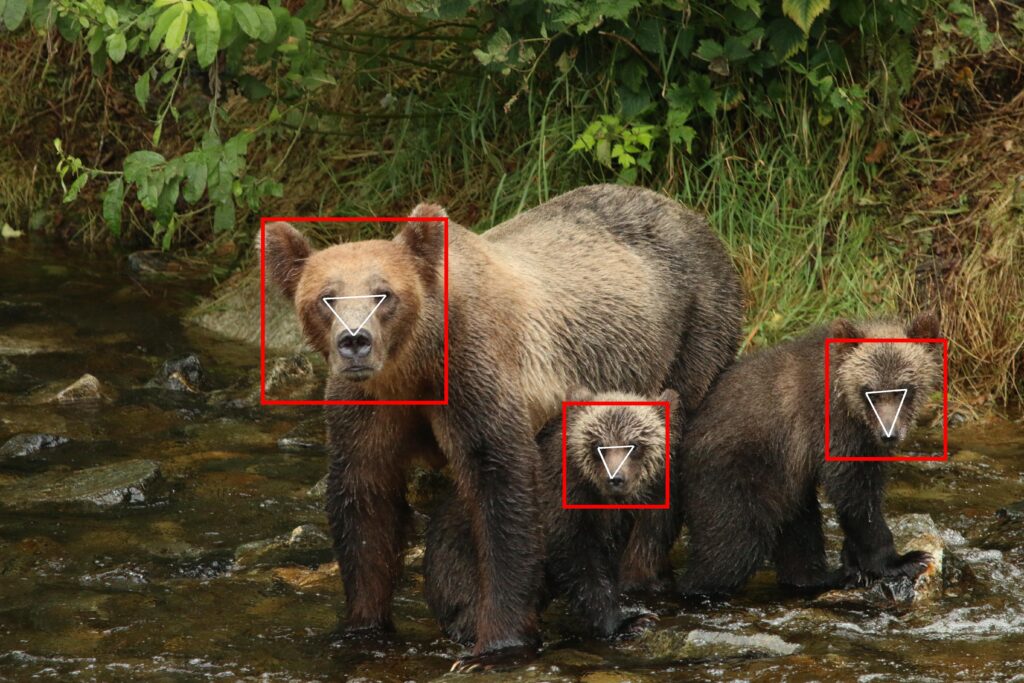
The conservation of nature is of global importance and scientists are responsible for monitoring changes in nature, from wildlife populations to landscapes. Tasked with this huge challenge, biologists are turning to new technologies to provide tools that aid in the collection and analysis of data required to better understand wildlife and monitor trends. Bear (Ursidae) ecology presents challenges for research and monitoring as they are elusive, generally solitary, don’t defend strict territories, have large home ranges, and inhabit a variety of habitats globally. In addition, the lack of stable, distinguishing markings on the pelage of some bears restricts the ability to monitor individuals over time and space. Our understanding of bear ecology, as well as bear conservation and management, would benefit from improved research tools that help to automate and standardize the classification of biological attributes, such as age class, sex, and individual ID.
Using machine learning techniques, we are developing a software tool that can identify bears from both images and videos, starting with individual ID using face recognition. By combining this technique with remote camera trap imagery, we are aiming to provide a new survey technique for use in the research and monitoring of wild bears. Our project runs on the principle of open-access and open-source science and technology, therefore, all code and software developed are free to adopt by anyone. We anticipate a wide range of end users from scientists and managers, to governments, industries, and community scientists. With the world’s biodiversity under threat, data need to be analysed quickly yet accurately and cost-effectively, so that evidence-based decisions can be made. Our research and software tool will provide a replicable technique and general approach that can be applied to other species beyond bears, which could aid conservation efforts worldwide.
